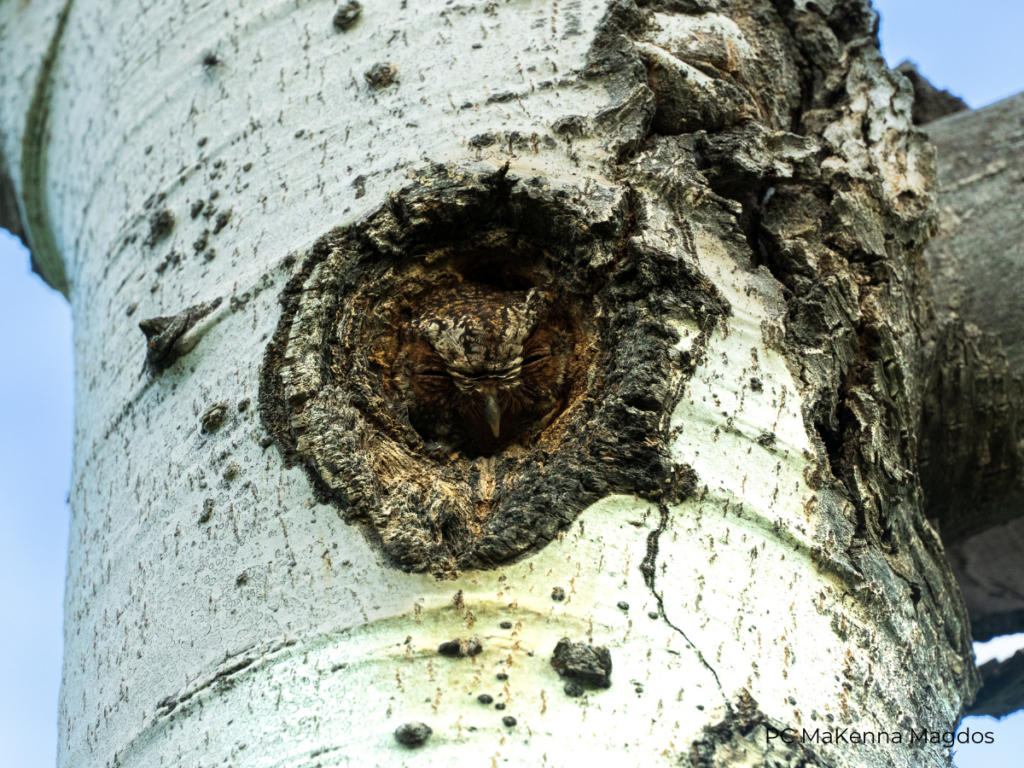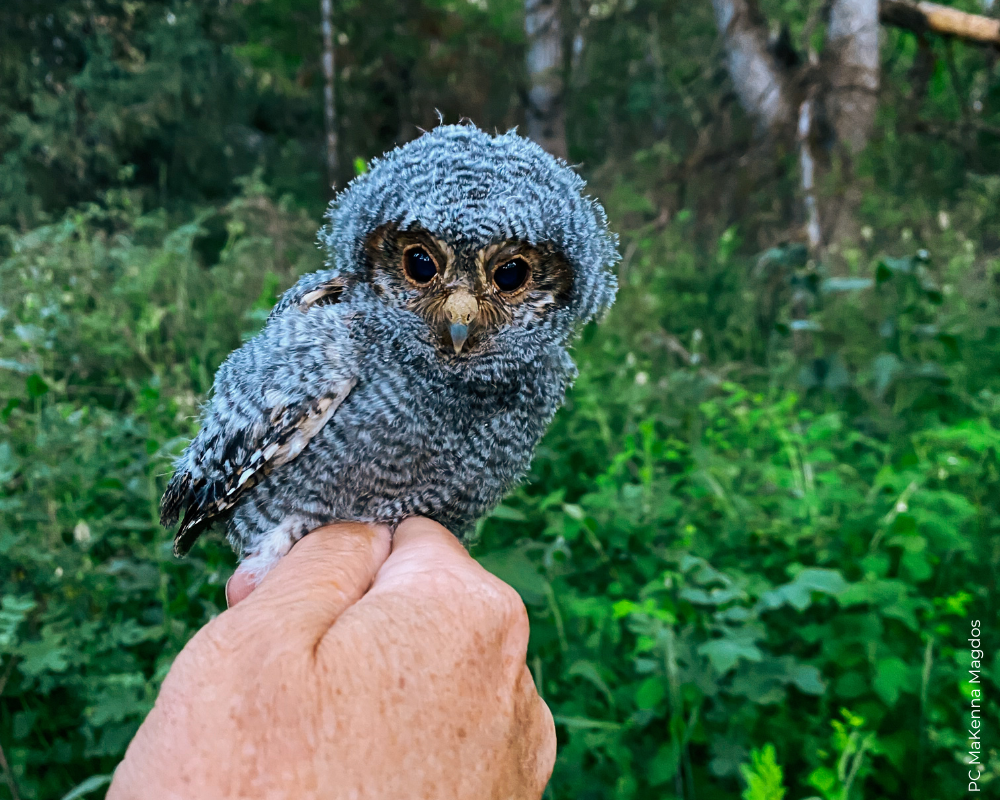Overview
The Flammulated Owl is a very small and secretive nocturnal owl, plump in stature but comparative in size to an American Robin. They are quite common but were once considered rare due to limited study. Regardless, they are still not a commonly seen species and will be most often and reliably identified by voice. Flammulated Owls reside within open, mountainous coniferous, and mixed deciduous/coniferous forests in Mexico, the western United States, and southwest Canada. Ponderosa pine forest is their favored habitat, and they are hole nesters, like many small forest owls, using tree cavities made by other birds (woodpeckers). Flammulated Owls hunt at night, picking crickets and beetles off trees, vegetation, and the ground or catching prey in flight (especially moths). Although they primarily feed on insects (99% of diet), they have been documented eating mice on rare occasions.
Flammulated Owls sometimes perch out in the open within a forest and are often given away during the day by noisy songbirds chattering at them. When mating, Flammulated Owls make a soft, deep-pitched “hoot” similar to the sound made by blowing across the top of a bottle. The sound conjures images of a much larger bird. It can be hard to pinpoint which direction or distance the soft, flat call is coming from–especially when they are aware of your presence, singing even softer and sounding farther away.




